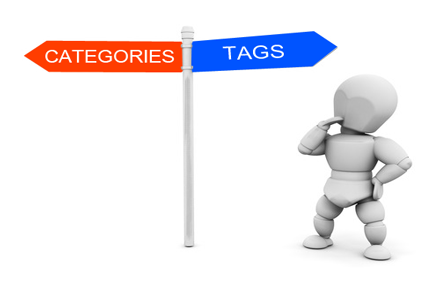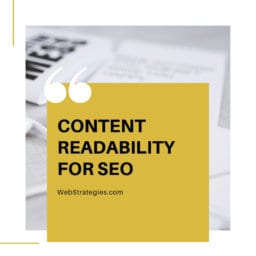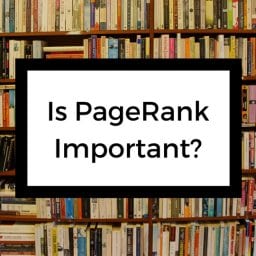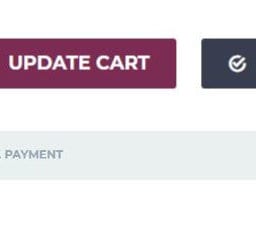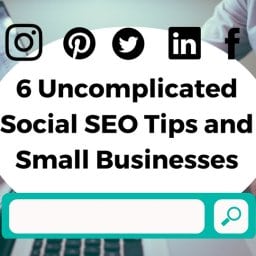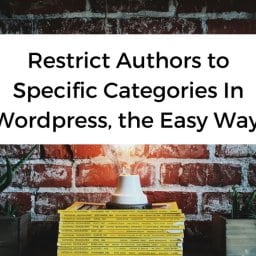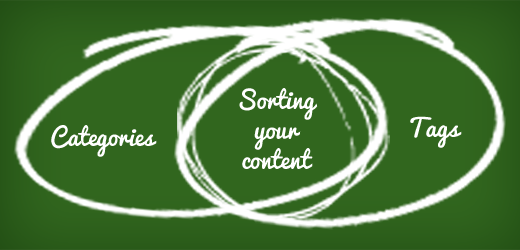
What Can You Do To Increase Your Ranking?
Other than Google AdWords (which is a topic to cover at a later time), you can work on your website’s organic SEO to boost rankings. And guess what- IT’S FREE TO DO! You just need to practice.
There are major areas to concentrate on when checking SEO:
- Generating relevant, quality content
- Mobile-responsiveness
- Page load speed
- A good blend of internal and external links
- Using relevant, optimized images (Read more: Using Images to Optimize Your Website)
- Making sure your pages and blogs have a minimum of 300 words
- Use categories and tags correctly
Now, we’re not saying this is an exhaustive list because SEO is something that can constantly be improved upon and there are many things that search engines like Google look for when ranking your site. So let’s dive deeper.
Categories and Tags
In his article entitled The Right Way to Use Categories and Tags in WordPress to Boost SEO, Tom Ewer from the Manage WP Blog states that there are many benefits to creating and maintaining a well thought out category and tagging system when creating content, such as increasing your site traffic. And isn’t that what we all want? More people visiting our site, reading our blogs, and buying our products/services? If your answer is yes, read on.
How Do Categories and Tags Work?
Using categories and tags helps your site in a few different ways. First, the user’s experience is greatly increased. Instead of hitting the back button and searching for more information on another site, users will be able to discover all your site’s content by following those categories and tags so that there are no isolated pages left unindexed. Lastly, your categories, internal links, and tags will tell the search engines what topics your website is about, allowing you to rank for those targeted keywords.
 What’s the Difference?
What’s the Difference?
Tags are similar to categories, but they are generally used to describe your post in more detail. For example, if you wanted to post a recipe for walnut brownies on your blog, you’d want to use “Baking,” “Recipes,” or “Dessert” as Categories and “Chocolate,” “Brownies,” or “Walnuts” as tags.
Less Is More
Have you ever heard the saying “Less is more”? Categorizing and tagging your content follows the same principle. The tag in question should be short (ideally no more than two words) and specific. In other words, you must strike a good balance between offering as few options as possible, whilst giving the reader a choice that they will be satisfied with. Furthermore, you must always remember that each and every page on your site should have a purpose that is useful to your reader. You shouldn’t tag a page for the sake of tagging a page — you should do so because grouping posts by that particular tag would benefit your reader.
For example, if I need a cupcake recipe, I might search Google for “cupcake recipe” or even “delicious cupcake recipe”. In that example, “Recipes” would be the category, and “cupcake” or “delicious” would be good options for a tag. Both are useful and functional to me, the reader because if I wanted to see your other cupcake content, I would click on the “cupcake” tag and see all the other posts with the keyword “cupcake”.
Find a Happy Medium
There is little point in having a tag if it is only used 2-3 times – that points to it being a term that is not particularly relevant to your blog as a whole. On the flip side, if almost all of your posts have the same tags, you know that those tags are too general and do not offer value as a navigational aid.
Don’t Go Category-Crazy
A post should typically be in no more than one or two categories, and tagging should be limited only to the most relevant topics covered in the post. Our rule of thumb- Use categories to describe topics you’re planning to expand on later. Additionally, don’t create a brand new category that you don’t foresee writing about again in the future. If you’re only going to write a few posts about a topic and then never revisit it again, consider linking them together with tags and call it a day.
If you take the time to create and maintain a limited set of highly relevant categories and tags, you will see benefits in time. Remember: The purpose of categories and tags is to link related posts together, not just label them.
Still struggling with SEO, tags, or categories? Even if it’s just that you don’t have the time to put into it, we’re here to help. We can help you create a plan with tactics that will support a successful Search Engine Optimization campaign.
Our SEO plans include:
- An analysis of appropriate keywords
- A comprehensive review of your content and code
- Recommendations for improving the SEO of your website
- Implementation of recommended tactics
- An analysis of your website’s metrics to determine success
- Monthly SEO maintenance
Contact us today to get optimized!
Images courtesy of CMS, WP Beginner, and Optimal Workshop


